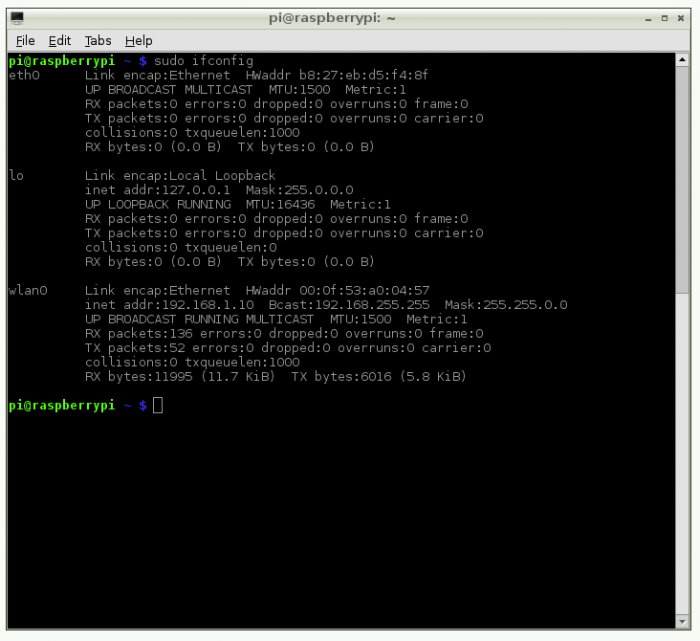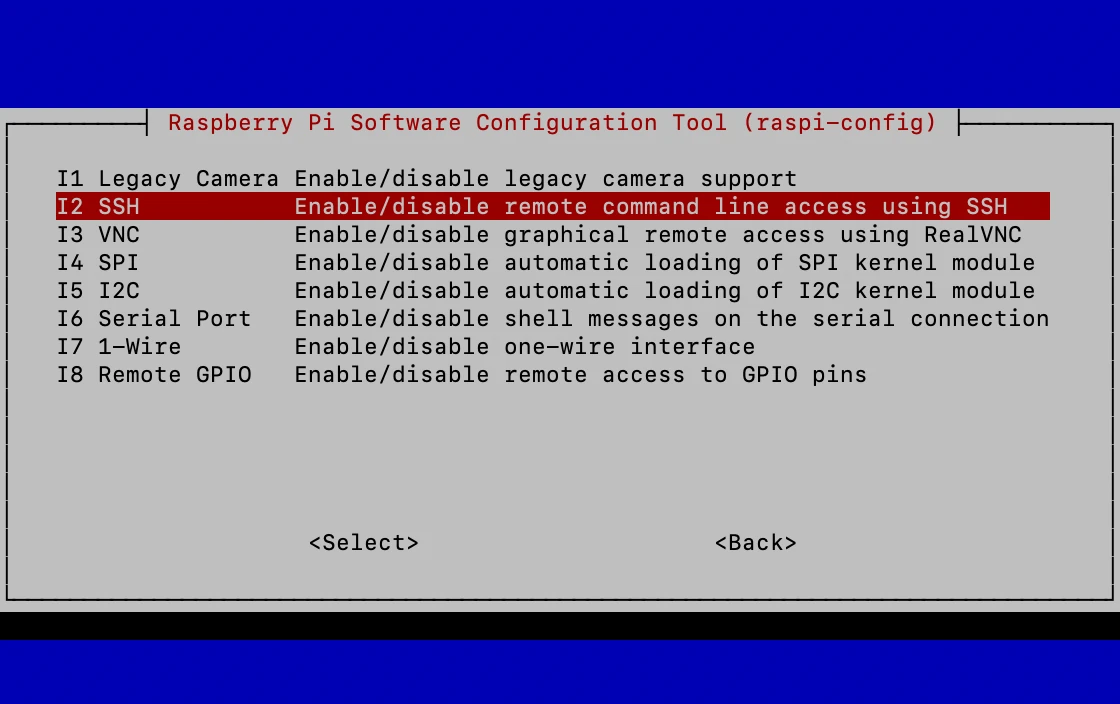How To Remotely Access Raspberry Pi For RemoteIoT Tutorial
Accessing a Raspberry Pi remotely is a powerful way to manage your IoT projects from anywhere in the world. Whether you're setting up a home automation system or building a remote monitoring solution, remote access simplifies the process and enhances flexibility. This guide will walk you through everything you need to know about remotely accessing your Raspberry Pi and setting up RemoteIoT systems.
Remote access to Raspberry Pi has become increasingly popular among tech enthusiasts and professionals alike. By enabling remote access, users can control and monitor their IoT devices without being physically present. This is especially useful for individuals managing multiple IoT projects or those who need to troubleshoot issues from a distance.
Before diving into the specifics, it's essential to understand the basics of Raspberry Pi and RemoteIoT technology. With this knowledge, you'll be better equipped to set up and manage your projects effectively. Let's explore how you can unlock the potential of your Raspberry Pi with remote access capabilities.
Read also:Who Is Terri Clarks Partner A Comprehensive Guide To Her Personal Life And Career
Understanding Raspberry Pi and Its Role in RemoteIoT
Raspberry Pi is a versatile single-board computer that has revolutionized the world of IoT. Its affordability, compact size, and powerful performance make it an ideal choice for remote IoT applications. Understanding its capabilities is crucial for anyone looking to remotely access Raspberry Pi.
Raspberry Pi offers a range of features that make it suitable for remote access, including:
- Multiple connectivity options such as Wi-Fi and Ethernet
- Compatibility with various operating systems
- Extensive support for programming languages and frameworks
With these features, Raspberry Pi can serve as the backbone of any RemoteIoT project. By learning how to remotely access Raspberry Pi, you can unlock its full potential and streamline your IoT workflows.
Why Remote Access Matters for Raspberry Pi Users
Remote access to Raspberry Pi is essential for several reasons. First, it allows users to manage their devices from anywhere, reducing the need for physical presence. Second, it simplifies the process of troubleshooting and updating systems, saving time and effort. Lastly, remote access enhances security by enabling users to monitor their devices in real-time.
In the context of RemoteIoT, remote access becomes even more critical. IoT devices often operate in remote locations, making physical access challenging. By enabling remote access, users can maintain control over their systems and ensure smooth operations.
Setting Up Remote Access for Raspberry Pi
Setting up remote access for Raspberry Pi involves several steps. From configuring the network settings to installing necessary software, each step plays a vital role in ensuring a successful setup. Let's break down the process into manageable parts.
Read also:Savana Bond The Ultimate Guide To Ecofriendly Travel
Step 1: Configuring Network Settings
Before enabling remote access, you need to configure your Raspberry Pi's network settings. This includes assigning a static IP address and ensuring proper connectivity. Follow these steps:
- Connect your Raspberry Pi to your local network using Wi-Fi or Ethernet
- Assign a static IP address to your Raspberry Pi for consistent access
- Verify the connection by pinging your Raspberry Pi from another device
By properly configuring your network settings, you lay the foundation for a stable remote connection.
Step 2: Installing SSH for Secure Remote Access
SSH (Secure Shell) is a protocol that allows secure remote access to your Raspberry Pi. To enable SSH:
- Update your Raspberry Pi's operating system
- Install the SSH server using the terminal
- Enable SSH in the Raspberry Pi Configuration tool
SSH provides a secure channel for remote communication, ensuring that your data remains protected during transmission.
Exploring RemoteIoT Applications
RemoteIoT applications leverage the power of remote access to create innovative solutions. From smart homes to industrial automation, the possibilities are endless. Let's explore some of the most common applications of RemoteIoT:
- Home automation systems
- Remote monitoring of environmental conditions
- Industrial IoT solutions
By integrating Raspberry Pi into these applications, users can achieve greater control and efficiency in their IoT projects.
Challenges and Solutions in RemoteIoT
While RemoteIoT offers numerous benefits, it also presents challenges such as security concerns and connectivity issues. Addressing these challenges requires a proactive approach. Here are some solutions:
- Implement robust security measures, such as firewalls and encryption
- Regularly update your Raspberry Pi's software to patch vulnerabilities
- Use reliable network providers to minimize connectivity problems
By tackling these challenges head-on, you can ensure a smooth and secure RemoteIoT experience.
Tools and Software for Remote Access
Several tools and software can enhance your remote access experience with Raspberry Pi. These tools simplify the process and provide additional features to improve functionality. Some popular options include:
- RealVNC for remote desktop access
- ngrok for creating secure tunnels
- TeamViewer for cross-platform remote control
Each tool has its own strengths and weaknesses, so it's important to choose the one that best fits your needs.
Comparing Remote Access Tools
When selecting a remote access tool, consider factors such as ease of use, compatibility, and security features. Here's a comparison of some popular tools:
- RealVNC: Offers high-quality remote desktop access but may require additional setup for advanced features
- ngrok: Provides secure tunnels but is primarily suited for developers
- TeamViewer: Easy to use and compatible with multiple platforms but may have licensing costs for commercial use
By evaluating these options, you can make an informed decision about which tool to use for your RemoteIoT projects.
Security Best Practices for RemoteIoT
Security is a top priority when it comes to remotely accessing Raspberry Pi. Implementing best practices can help protect your devices and data from potential threats. Here are some tips:
- Use strong, unique passwords for all accounts
- Enable two-factor authentication wherever possible
- Regularly monitor your system for suspicious activity
By following these best practices, you can create a secure environment for your RemoteIoT projects.
Common Security Threats and Mitigation Strategies
Understanding common security threats is the first step in mitigating them. Some of the most prevalent threats include:
- Unauthorized access
- Data breaches
- Malware infections
To mitigate these threats, consider implementing additional security measures such as intrusion detection systems and regular security audits.
Troubleshooting Remote Access Issues
Even with proper setup, remote access issues can arise. Troubleshooting these problems requires a systematic approach. Here are some common issues and their solutions:
- Connection errors: Check your network settings and ensure proper connectivity
- Authentication failures: Verify your login credentials and enable two-factor authentication
- Performance issues: Optimize your Raspberry Pi's resources and update your software
By addressing these issues promptly, you can maintain a reliable remote access connection.
Advanced Troubleshooting Techniques
For more complex issues, advanced troubleshooting techniques may be necessary. These techniques include:
- Using diagnostic tools to identify problems
- Reviewing system logs for error messages
- Consulting online forums and documentation for solutions
By leveraging these techniques, you can resolve even the most challenging remote access issues.
Future Trends in RemoteIoT
The field of RemoteIoT is rapidly evolving, with new technologies and trends emerging regularly. Some of the most promising trends include:
- Artificial intelligence integration for enhanced automation
- 5G networks for faster and more reliable connectivity
- Edge computing for improved data processing
By staying informed about these trends, you can position yourself at the forefront of RemoteIoT innovation.
Preparing for the Future of RemoteIoT
To prepare for the future of RemoteIoT, consider investing in:
- Training and education to stay updated on the latest technologies
- High-quality hardware and software to support advanced applications
- Collaboration with industry experts to gain valuable insights
By taking these steps, you can ensure your success in the ever-changing world of RemoteIoT.
Conclusion
In conclusion, remotely accessing Raspberry Pi is a powerful tool for managing RemoteIoT projects. By following the steps outlined in this guide, you can set up a secure and reliable remote access system. Remember to prioritize security, troubleshoot issues promptly, and stay informed about the latest trends in RemoteIoT.
We invite you to share your thoughts and experiences in the comments section below. Your feedback helps us improve and provides valuable insights for other readers. Don't forget to explore our other articles for more information on Raspberry Pi and RemoteIoT technology.
Table of Contents
- Understanding Raspberry Pi and Its Role in RemoteIoT
- Why Remote Access Matters for Raspberry Pi Users
- Setting Up Remote Access for Raspberry Pi
- Exploring RemoteIoT Applications
- Tools and Software for Remote Access
- Security Best Practices for RemoteIoT
- Troubleshooting Remote Access Issues
- Future Trends in RemoteIoT
- Preparing for the Future of RemoteIoT
- Conclusion
Article Recommendations


